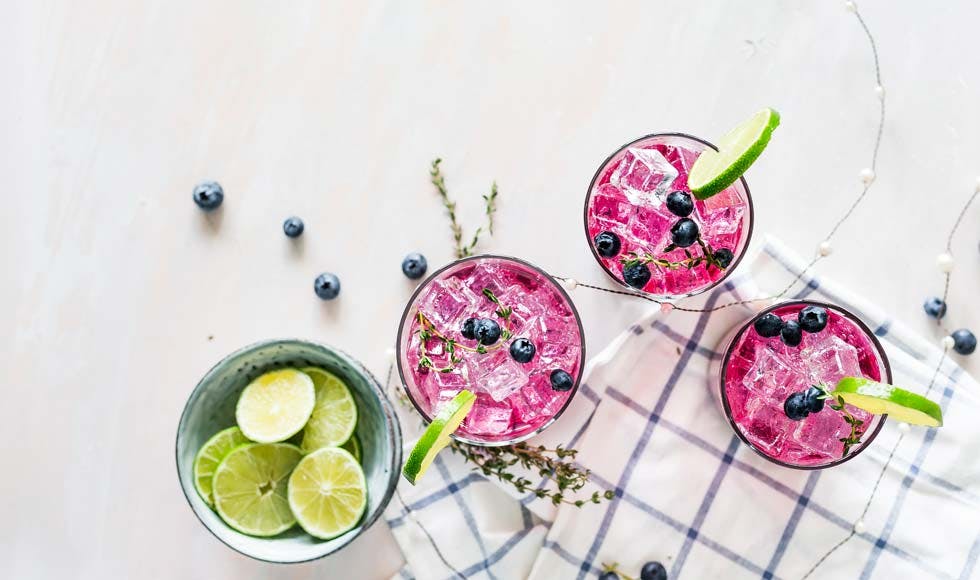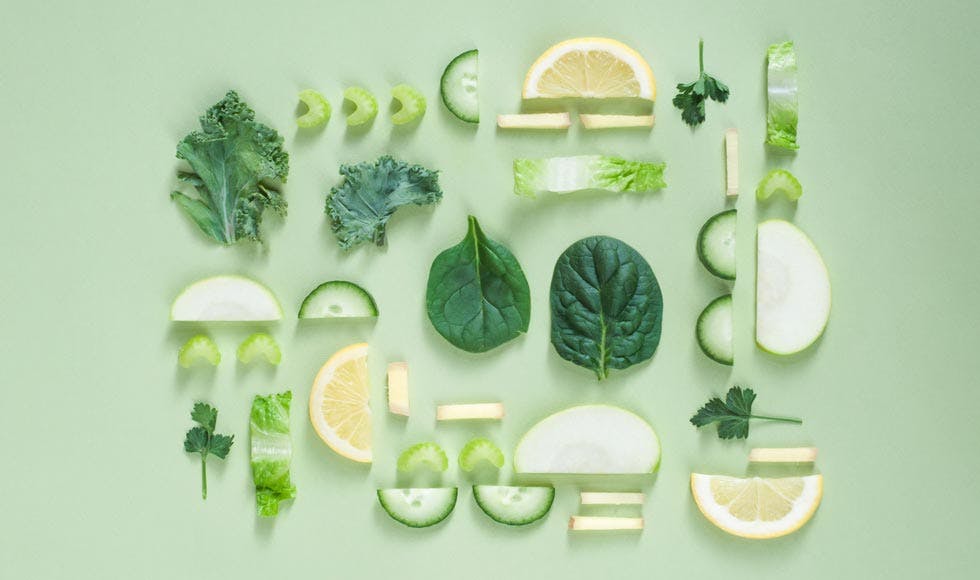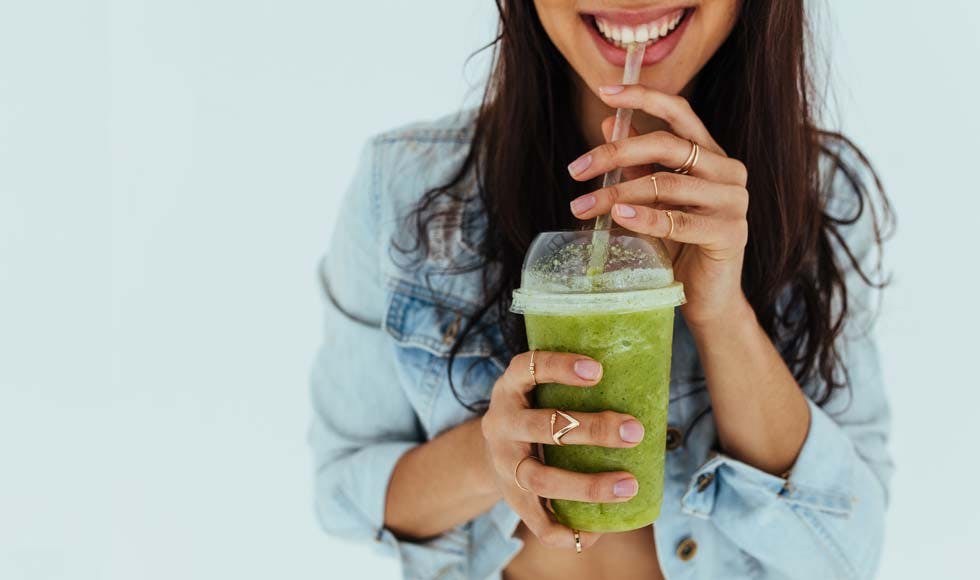Let’s face it. Our bowel movements are the last thing we want to discuss with anyone. This means that many of us could be putting up with common bowel problems that are preventable or treatable. If having a chat about what’s going on down below is not your thing, read on for some tips that may help you spot a potential problem.
A healthy large bowel
A normal large bowel is made up of three main sections: the ascending colon; the transverse colon; and the descending colon. The final portion of the bowel just before the anus is made up of the sigmoid colon and the rectum. The bowel is an amazing fluid-absorbing organ, with a normal bowel having the ability to absorb 90 percent of the original fluid (consisting of food, digestive juices and bile) that enters it daily. Alterations in this fluid absorbing balance may lead to constipation or diarrhoea.
In a healthy large bowel, by the time the food matter reaches the descending colon it is semi solid, and eating stimulates its propulsion towards the rectum. The pelvic floor muscles enable voluntary control over when to defecate. The signal for when to defecate comes when the rectum stretches because it is full, then the pelvic floor (and some other muscles) need to be voluntarily relaxed in order to pass a bowel motion. Bowel motions pass more easily in a sitting or squatting position, and with an increase in intra-abdominal pressure (or ‘bearing down’ or pushing slightly). A healthy stool is semi-solid, in a shade of brown (or possibly green), and is easy to pass.
When things go wrong
There are some common signs of when you may need to see a health professional about your bowel health. Some are more serious than others, but if in doubt, get it checked out by your doctor. Even if it’s not serious, a naturopath may be able to help you get things back on track.
Stool colour
Green coloured stools
This could be completely normal (eg. From eating green foods such as green vegetables), but they may indicate that food is passing through your digestive tract a little too quickly. Bile, which is released from the gallbladder to break down fats, is usually altered from green to brown during the digestive process, so if your stools are green, it could be that food matter is passing through too quickly and the bile doesn’t have time to change colour.
White or clay coloured stools
This may mean that there is a lack of bile present, and there may be a bile duct obstruction. Certain medications may also cause this, so it is worth checking out this symptom with your doctor.
Yellow (and foul smelling) stools
Yellow stools may indicate the passing of excess undigested fat in the faecal matter. This may occur due to problems with nutrient absorption such as occurs with gluten intolerance. It is important to have possible causes investigated by your health professional.
Red coloured stools
Either red coloured stools or bright red blood on the toilet paper or in the toilet bowl, may show bleeding is occurring somewhere in the rectum or sigmoid colon. The usual cause of this is haemorrhoids. It could also mean red coloured foods have been consumed, such as tomato juice or beetroot.
Black coloured stools
may indicate that bleeding is occurring somewhere higher up the digestive track, and it is advisable that your doctor checks out this symptom as soon as possible. It may also occur as a result of consuming black liquorice or iron supplements.
References available on request






